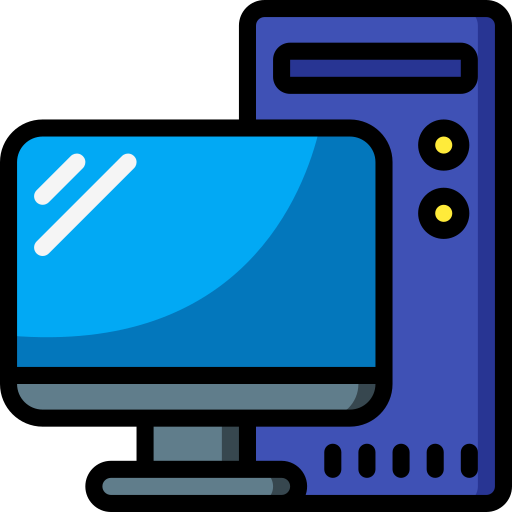I’m looking for an easy way to upload files from my Android smartphone to my home server. is there a - ideally dockerized - solution for that? Some simple web GUI where I can click on “Upload” and the files will be saved to a certain directory on my home server?
EDIT: I should’ve added that I want to do this remotely and not in my local network. I want to be able to send files from my Android smartphone from anywhere via the internet to my home server. That’s why I thought about a services hosted on my server, which frontend I could access through my smartphone. But I might’ve answered my question already with the following: https://github.com/zer0tonin/Mikochi
EDIT #2: Thanks guys, I ended up creating my own Docker container running nextcloudcmd inspired by this: https://github.com/juanitomint/nextcloud-client-docker But I built the container from scratch and it’s very minimalistic. I can publish it on my Gitlab when it’s somewhat ready. Here’s a little preview.
Dockerfile
FROM alpine:latest
RUN apk update && apk add nextcloud-client
COPY nc.sh .
RUN chmod +x ./nc.sh
VOLUME /data
CMD ./nc.sh
nc. sh (How can I prevent automatic hyperlinking?)
#!/bin/sh
while true
do
nextcloudcmd /data https://${username}:${passwort}@${nextcloud-domain}
sleep 300
done


Yes but it has limitations/risks that could be a deal killer depending on your use case.
When a file changes externally, Nextcloud doesn’t know about the the changes until it looks at the file. It only looks when a user access that location within Nextcloud or during a automatic file scan.
The only time I have had issues with it is using a Nextcloud desktop client, as files are cached locally on the desktop and the client doesn’t live query the server when you view the files locally.
Changes made externally of Nextcloud won’t get updated on desktop clients until Nextcloud looks at the file an realizes a change happened.
This can be very annoying but also dangerous as you are at risk of editing an outdated file. For example if you edit a file via SMB and then edit the same file again on a desktop clients. The desktop clients won’t have the new file with the B changes. So you risk overwriteing the files with an old version.